Dupli.Casa, Ludwigsburg, Germany
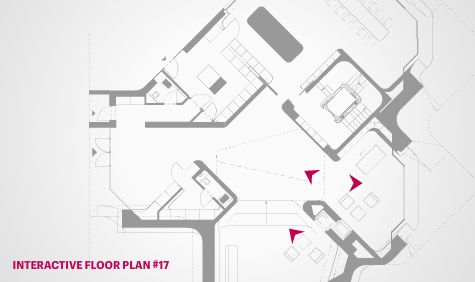
Few architects manage the tricky transition from pixel to plaster with as much aplomb as Jurgen Mayer H. Since the German architect first debuted in Wallpaper* back in 2002, his Berlin-based studio has pushed the technical boundaries and blurred the difference between what's rendered and what's real. As a result, the J.Mayer H. studio is a perennial favourite with the digital chronicles of contemporary architecture, with each new project generating countless enthusiastic pixels.
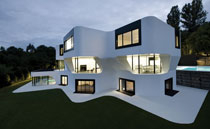
The latest work to come out of the office is Dupli.Casa, a private house in the Neckar Valley, near the west German town of Ludwigsburg, north of Stuttgart. The site - owned by the same family since 1984 - has high quality architectural views; just across the valley is the Museum of Modern Literature in Marbach, an early twentieth century structure that was recently joined by David Chipperfield's masterful, Stirling Prize-winning extension.
The original house was in no fit state for yet another refurbishment, having been subjected to two decades of extensions and alterations to accommodate a growing family. A new structure was demanded, one that occupied the floorplan of the old. Yet between ground and first floor, the plan was tilted and shifted, a dynamic rotation that has been expressed in the fluid treatment of the external walls. Dupli.Casa appears to pivot off in numerous directions, the upper storey cantilevers exaggerated by the fluid form of the external terrace that washes around the base of the house, extending it out into the landscape. The house spills down a steep bank, with the space arranged to get steadily more open as it descends from the private bedroom suites on the upper floors down to the family spa at the lower garden level.
The centre of the house is punctured by a large rooflight, creating an internal void that forms a focal pivot off which the living areas can be found. The reception areas also include a generous dining room - the Panton chairs fitting in perfectly with the fluid forms of the structure and the floor-to-ceiling glazing that looks out across Klaus Wiederkehr's neatly manicured lawns and shrubs. The grand master suite on the 1st floor gets the best views.
The house, also known as the Villa MRMM, is a truly generous residence, a deliberately bold statement that blends the crisp fenestration and pure white forms of modernism with the expressive geometry of the digital era, weaving inside and outside space together into a cohert, yet utterly bespoke whole.
Wallpaper* Newsletter
Receive our daily digest of inspiration, escapism and design stories from around the world direct to your inbox.
Jonathan Bell has written for Wallpaper* magazine since 1999, covering everything from architecture and transport design to books, tech and graphic design. He is now the magazine’s Transport and Technology Editor. Jonathan has written and edited 15 books, including Concept Car Design, 21st Century House, and The New Modern House. He is also the host of Wallpaper’s first podcast.
-
 Australian bathhouse ‘About Time’ bridges softness and brutalism
Australian bathhouse ‘About Time’ bridges softness and brutalism‘About Time’, an Australian bathhouse designed by Goss Studio, balances brutalist architecture and the softness of natural patina in a Japanese-inspired wellness hub
By Ellie Stathaki
-
 Marylebone restaurant Nina turns up the volume on Italian dining
Marylebone restaurant Nina turns up the volume on Italian diningAt Nina, don’t expect a view of the Amalfi Coast. Do expect pasta, leopard print and industrial chic
By Sofia de la Cruz
-
 Tour the wonderful homes of ‘Casa Mexicana’, an ode to residential architecture in Mexico
Tour the wonderful homes of ‘Casa Mexicana’, an ode to residential architecture in Mexico‘Casa Mexicana’ is a new book celebrating the country’s residential architecture, highlighting its influence across the world
By Ellie Stathaki
-
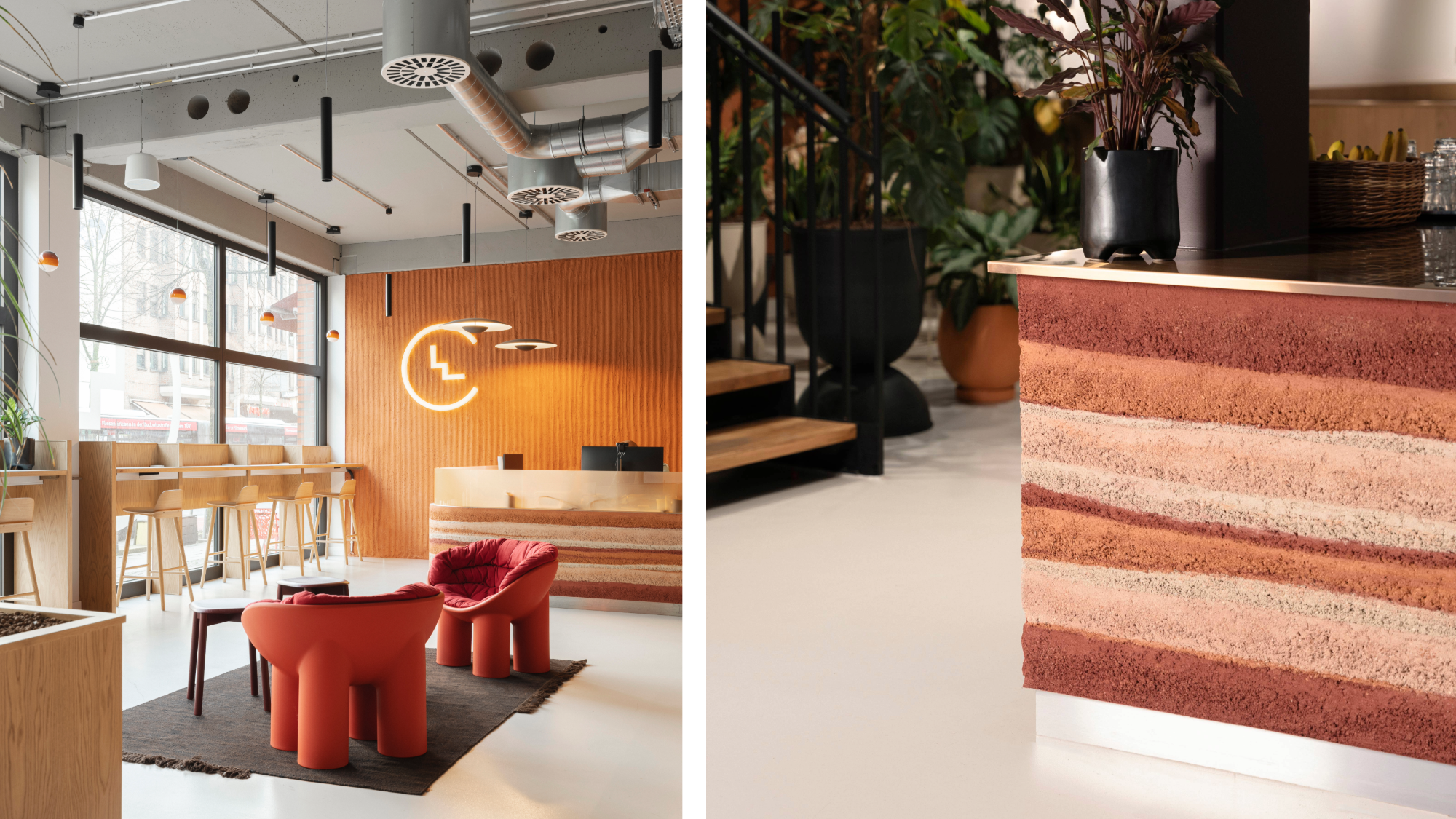 Step inside Clockwise Bremen, a new co-working space in Germany that ripples with geological nods
Step inside Clockwise Bremen, a new co-working space in Germany that ripples with geological nodsClockwise Bremen, a new co-working space by London studio SODA in north-west Germany, is inspired by the region’s sand dunes
By Léa Teuscher
-
 Join our world tour of contemporary homes across five continents
Join our world tour of contemporary homes across five continentsWe take a world tour of contemporary homes, exploring case studies of how we live; we make five stops across five continents
By Ellie Stathaki
-
 A weird and wonderful timber dwelling in Germany challenges the norm
A weird and wonderful timber dwelling in Germany challenges the normHaus Anton II by Manfred Lux and Antxon Cánovas is a radical timber dwelling in Germany, putting wood architecture and DIY construction at its heart
By Ellie Stathaki
-
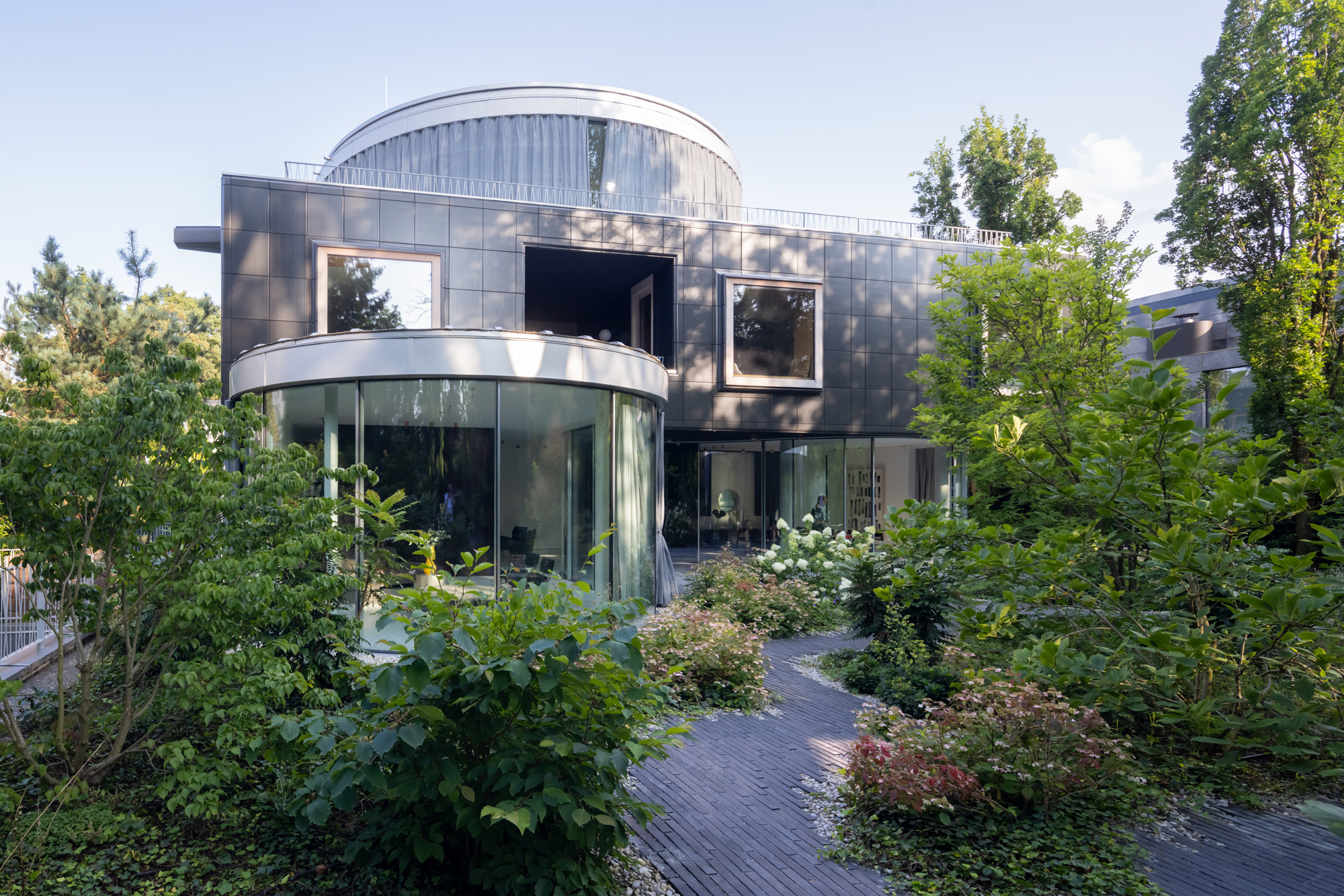 A Munich villa blurs the lines between architecture, art and nature
A Munich villa blurs the lines between architecture, art and natureManuel Herz’s boundary-dissolving Munich villa blurs the lines between architecture, art and nature while challenging its very typology
By Beth Broome
-
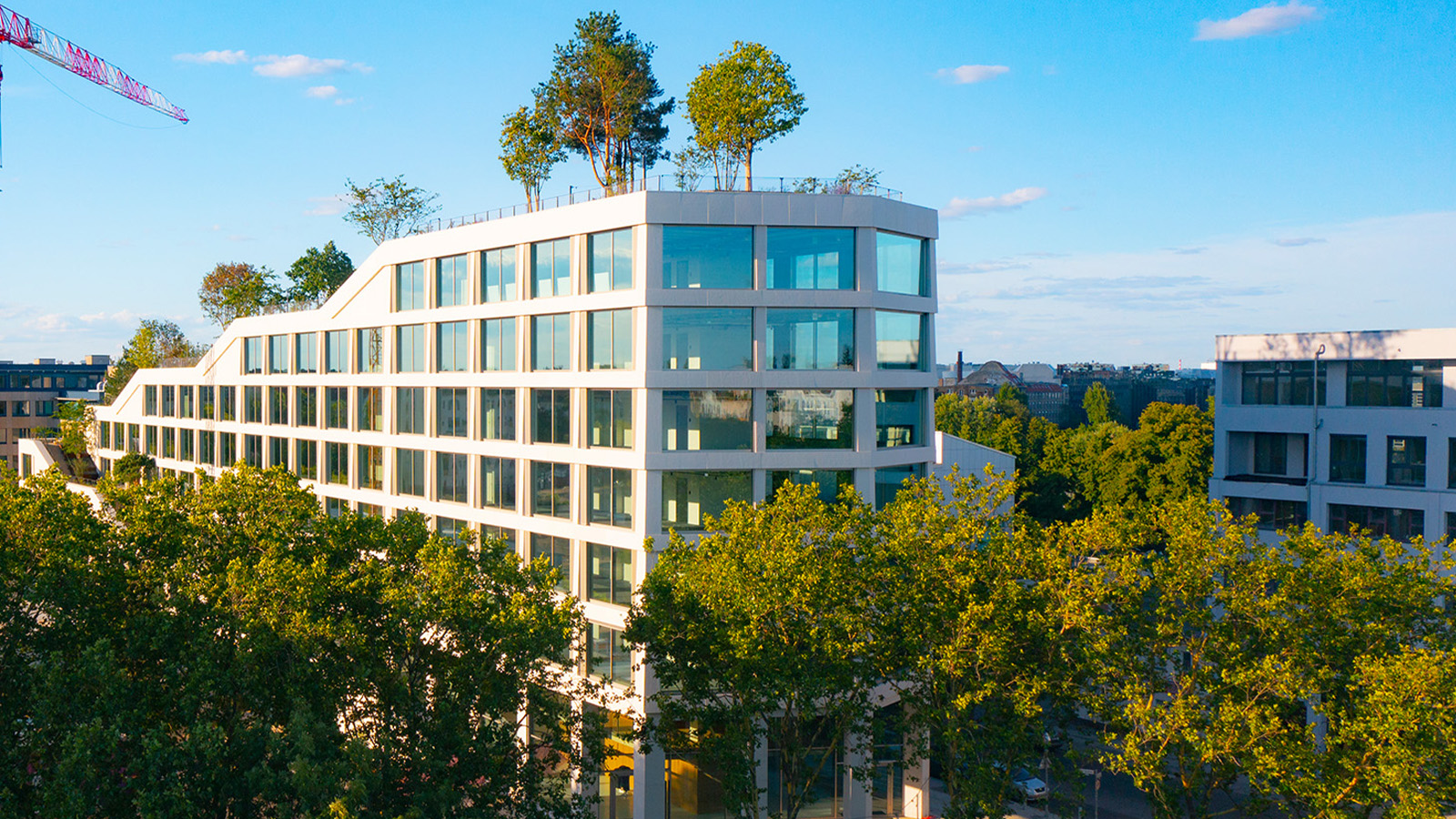 A Berlin park atop an office building offers a new model of urban landscaping
A Berlin park atop an office building offers a new model of urban landscapingA Berlin park and office space by Grüntuch Ernst Architeken and landscape architects capattistaubach offer a symbiotic relationship between urban design and green living materials
By Michael Webb
-
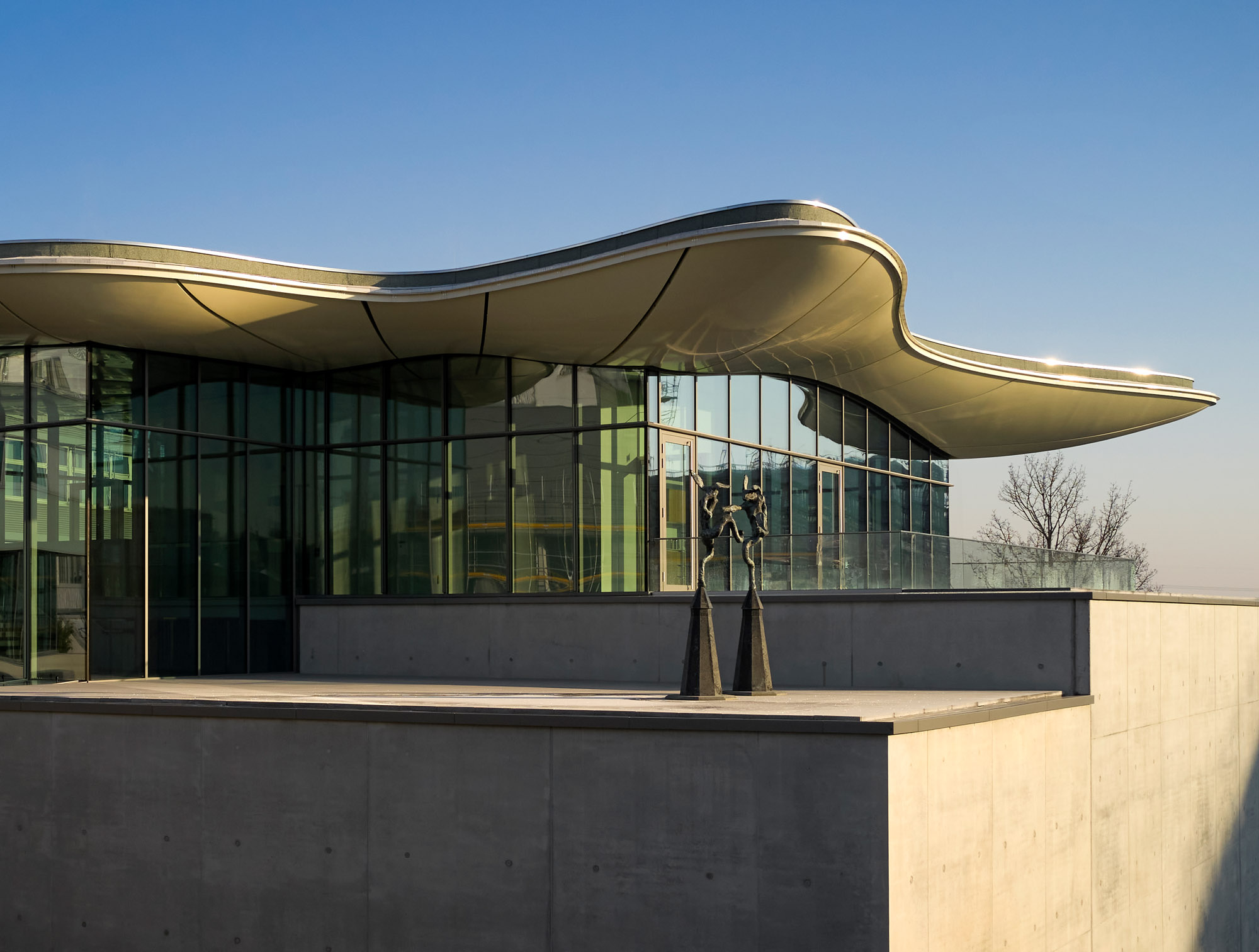 Private gallery Stiftung Froehlich in Stuttgart stands out with an organic, cloud-shaped top
Private gallery Stiftung Froehlich in Stuttgart stands out with an organic, cloud-shaped topBlue-sky thinking elevates Stiftung Froehlich, a purpose-built gallery for the Froehlich Foundation’s art collection near Stuttgart by Gabriele Glöckler
By Hili Perlson
-
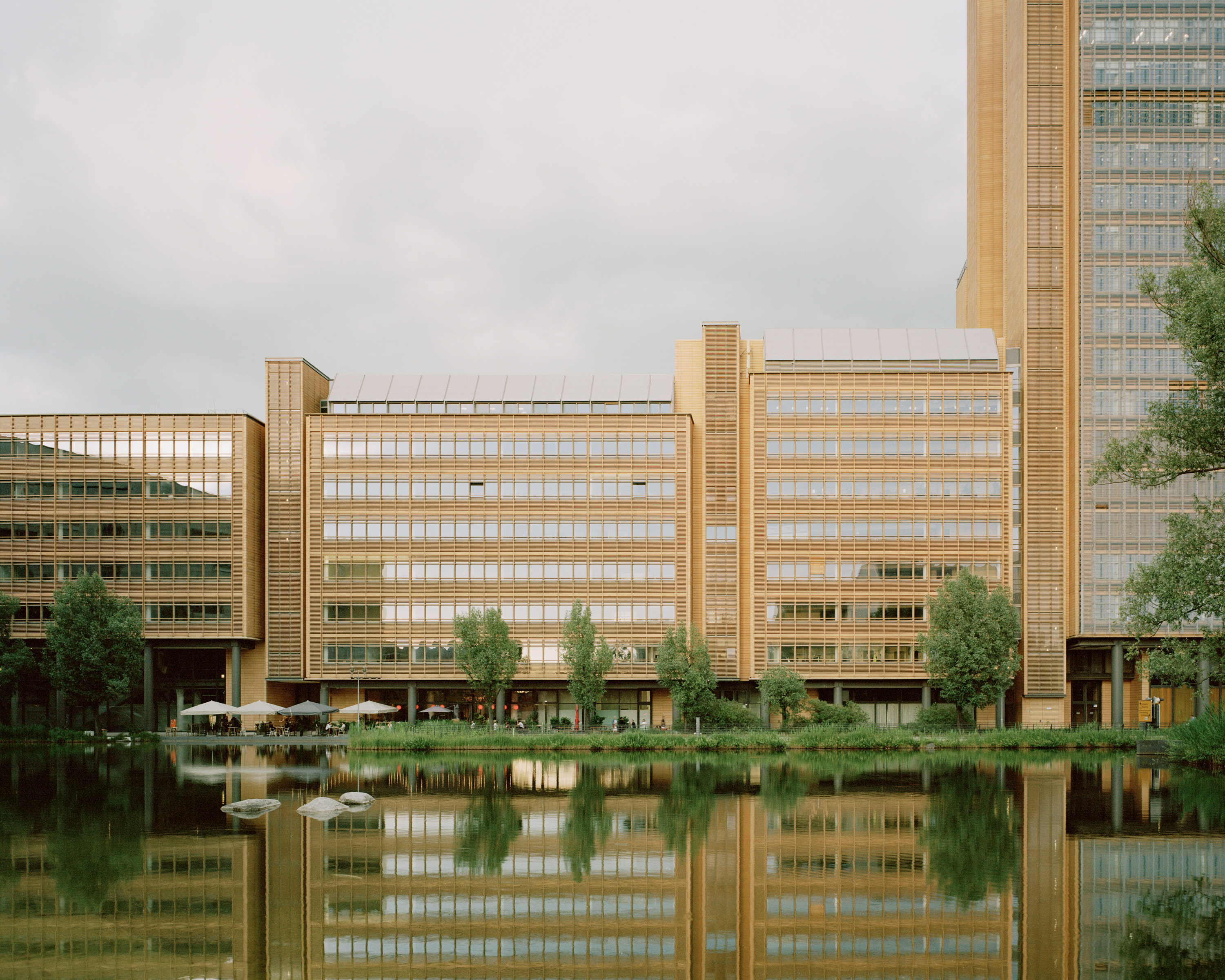 A walk through Potsdamer Platz: Europe’s biggest construction site 30 years on
A walk through Potsdamer Platz: Europe’s biggest construction site 30 years onIn 2024, Potsdamer Platz celebrates its 30th anniversary and Jonathan Glancey reflects upon the famous postmodernist development in Berlin, seen here through the lens of photographer Rory Gardiner
By Jonathan Glancey
-
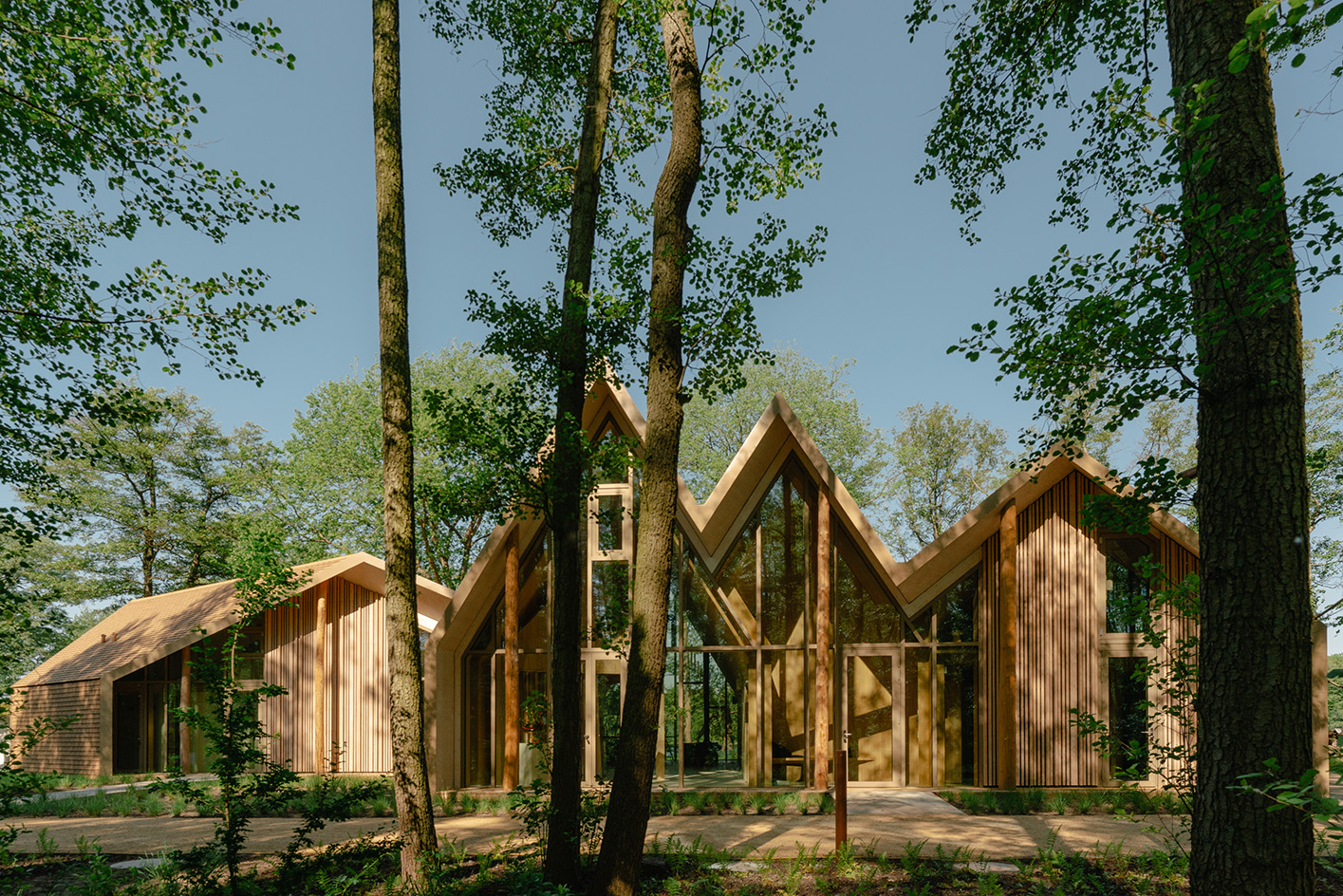 The Lake House is a tree-inspired retreat making the most of Berlin’s nature
The Lake House is a tree-inspired retreat making the most of Berlin’s natureThe Lake House by Sigurd Larsen is a nature-inspired retreat in west Berlin, surrounded by trees and drawing on their timber nature
By Ellie Stathaki